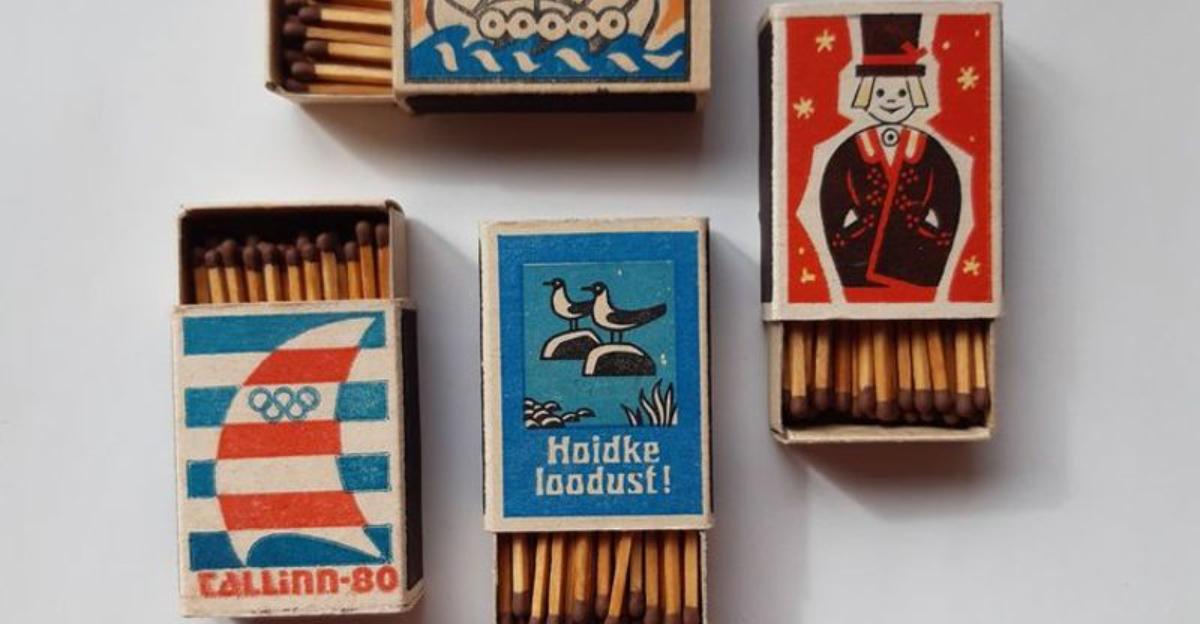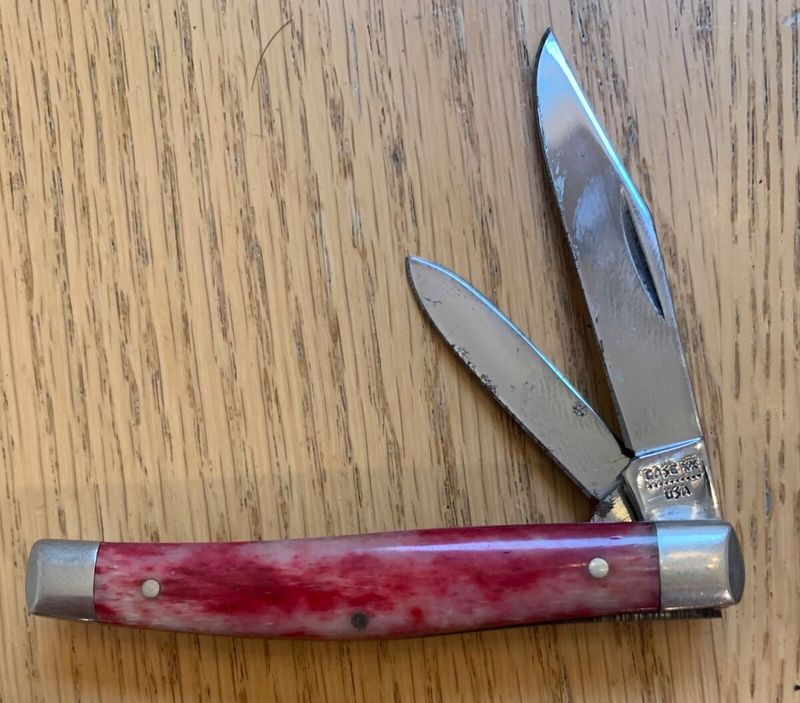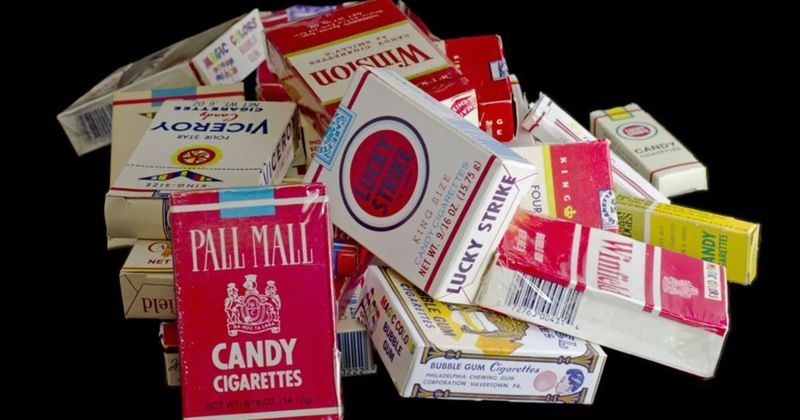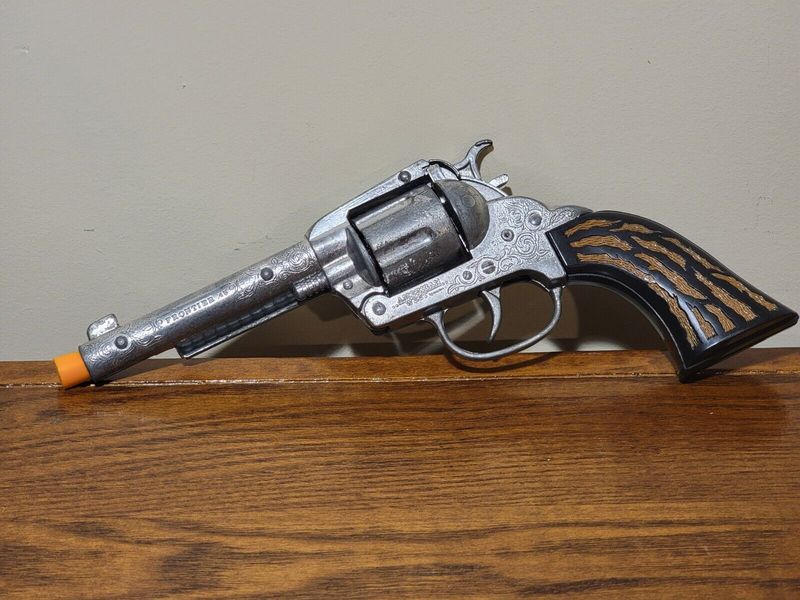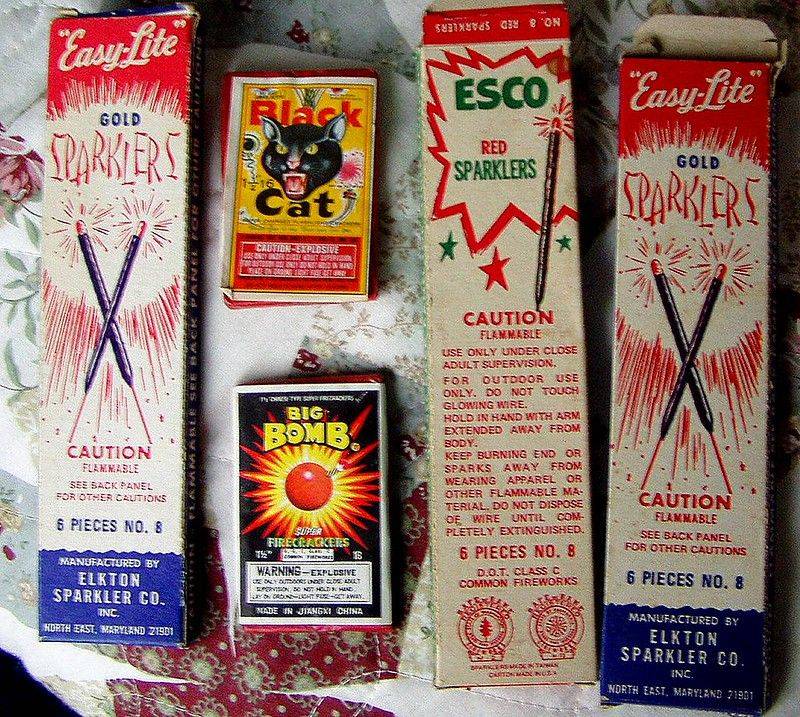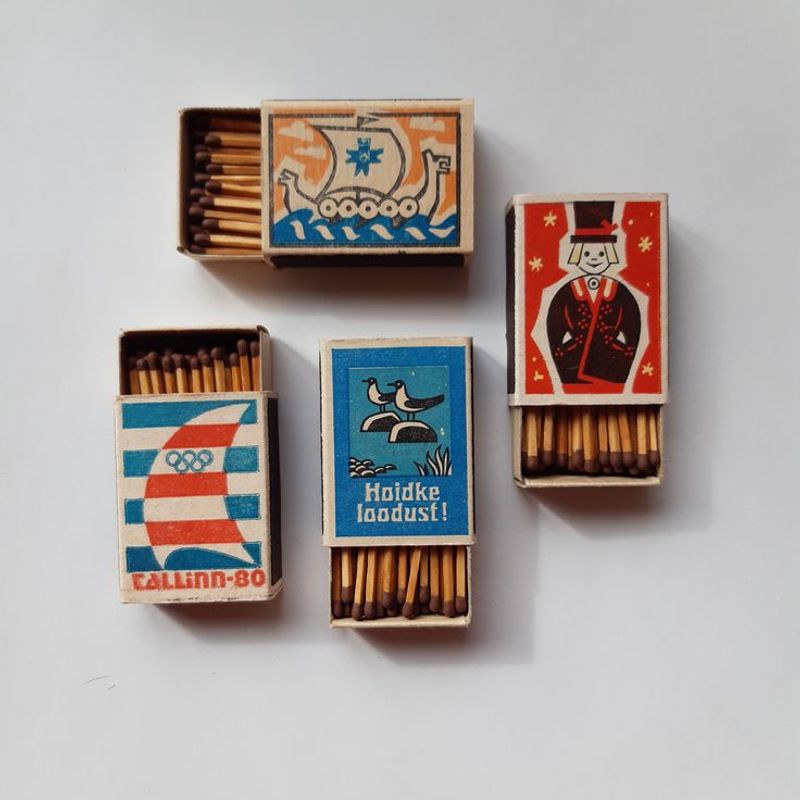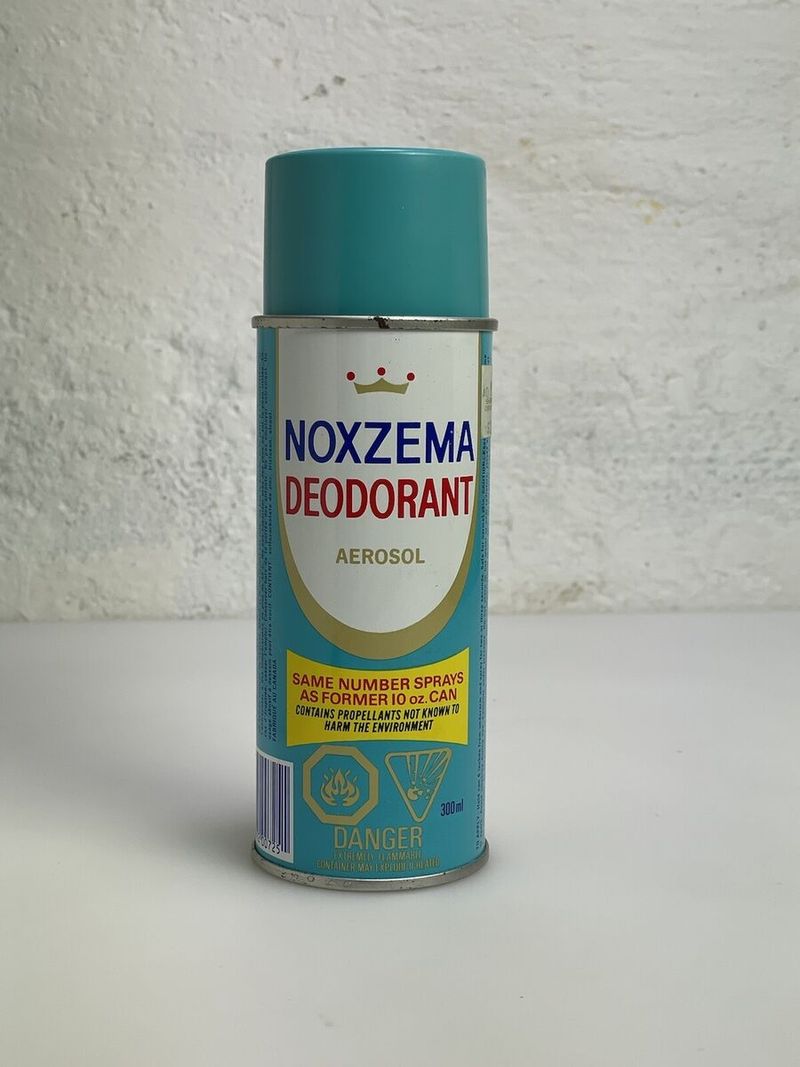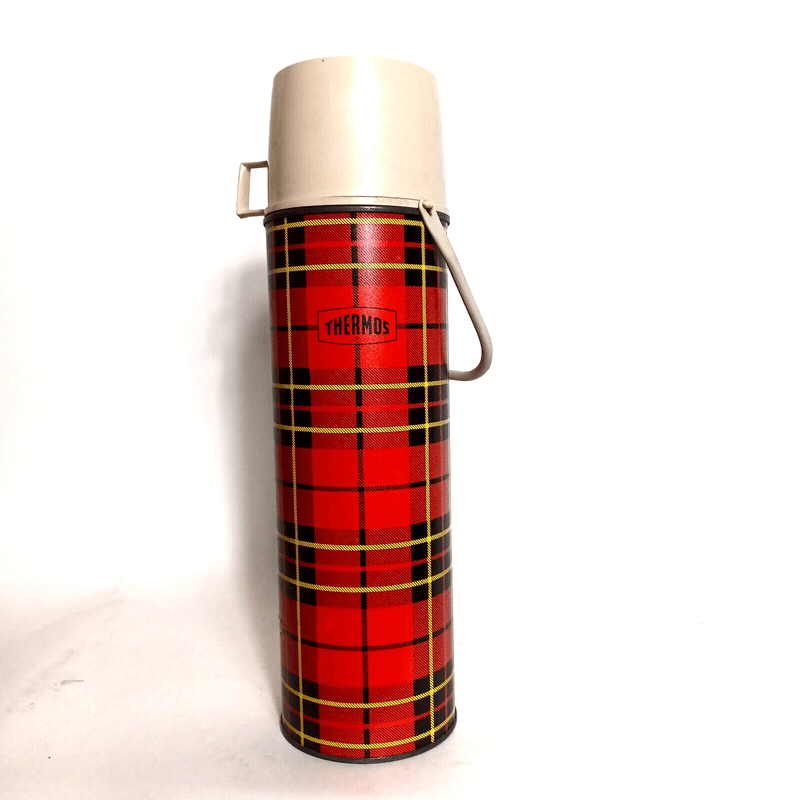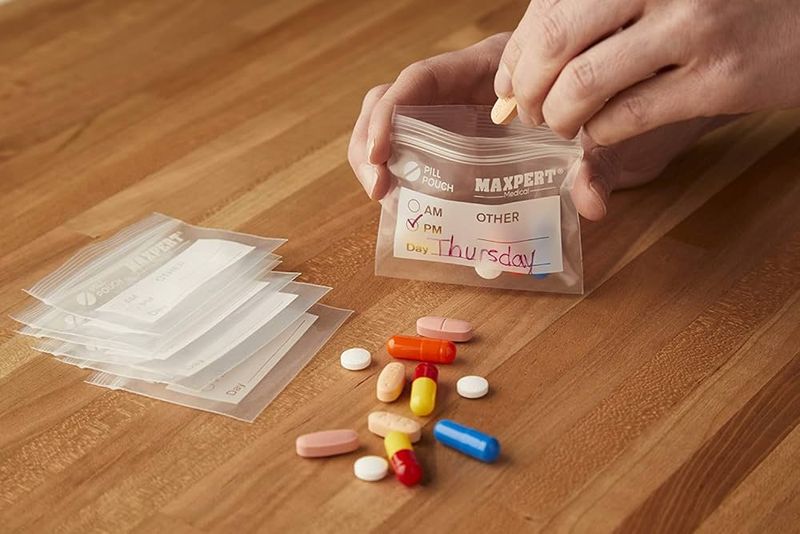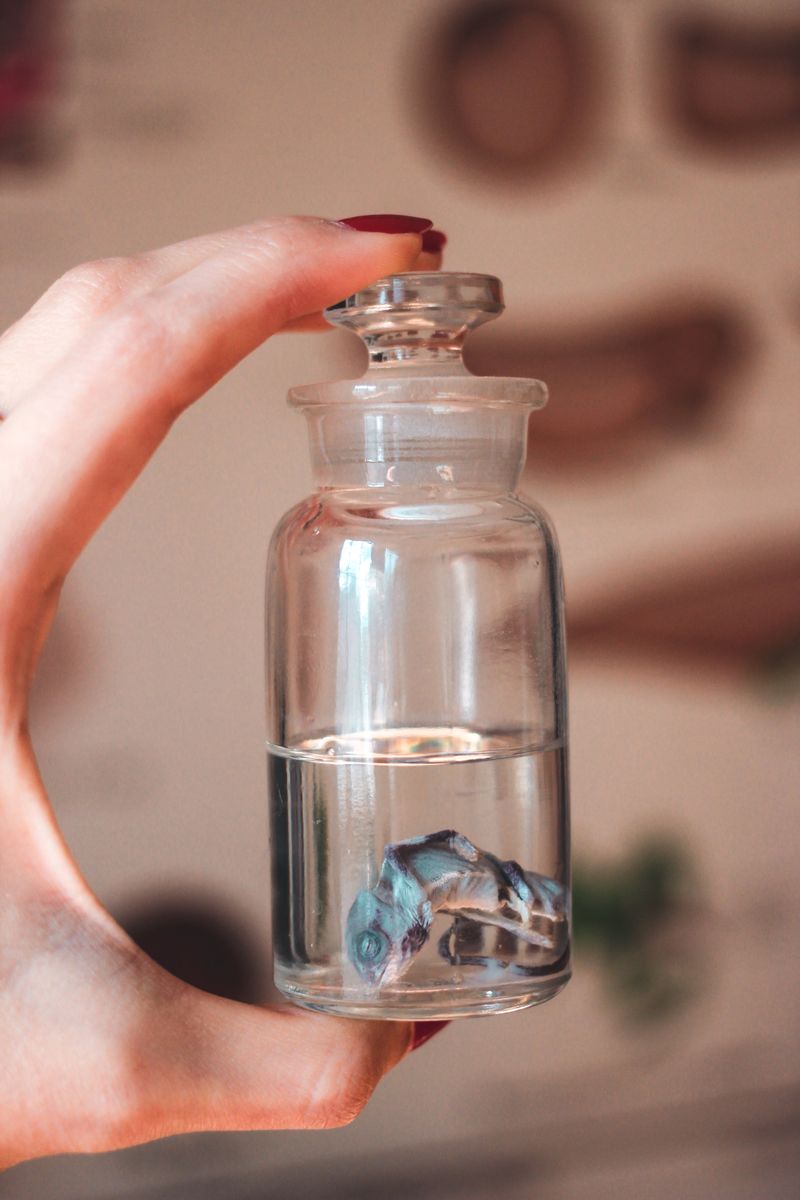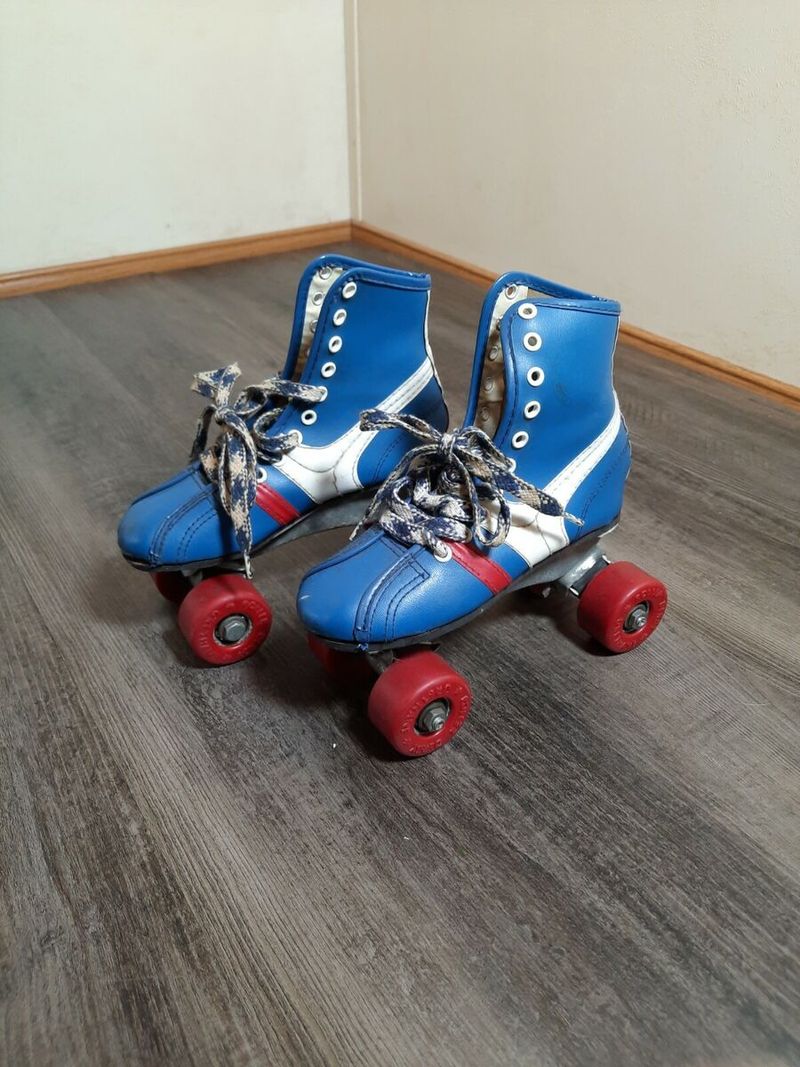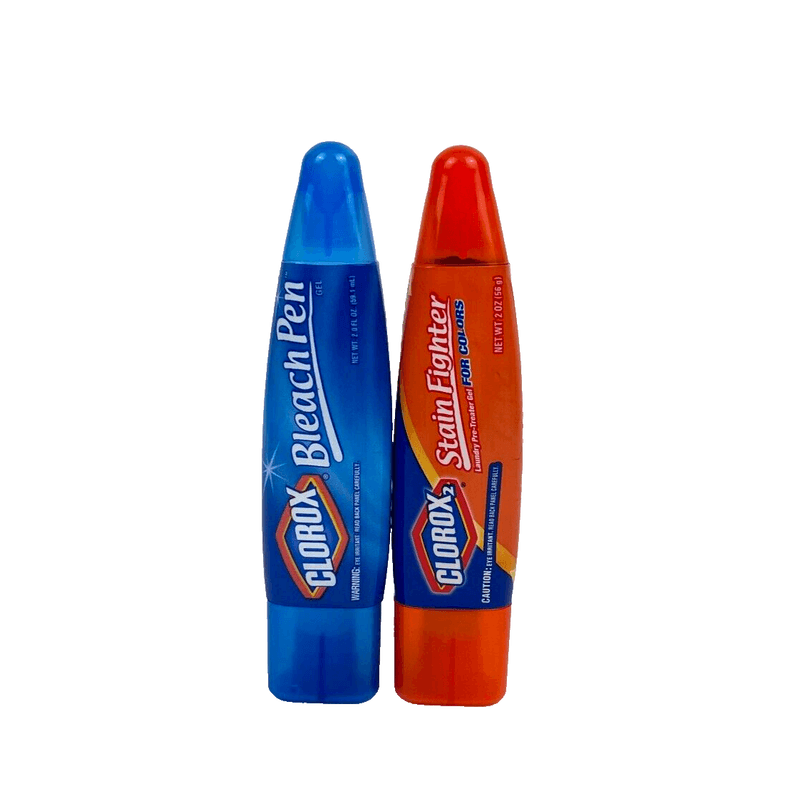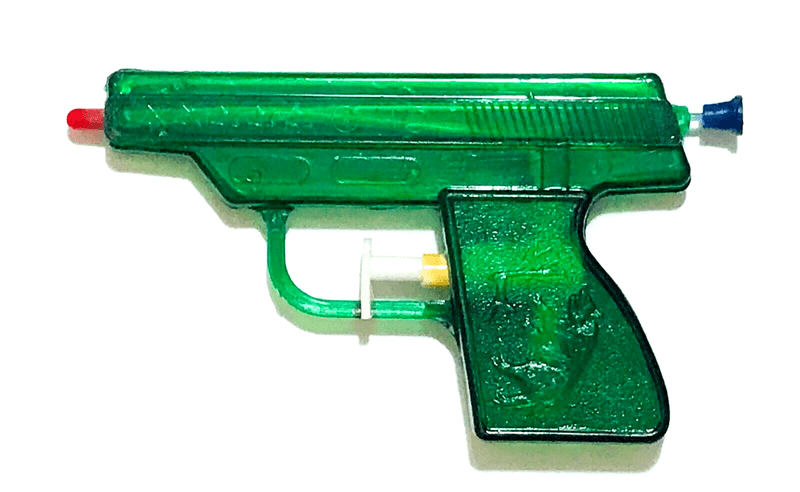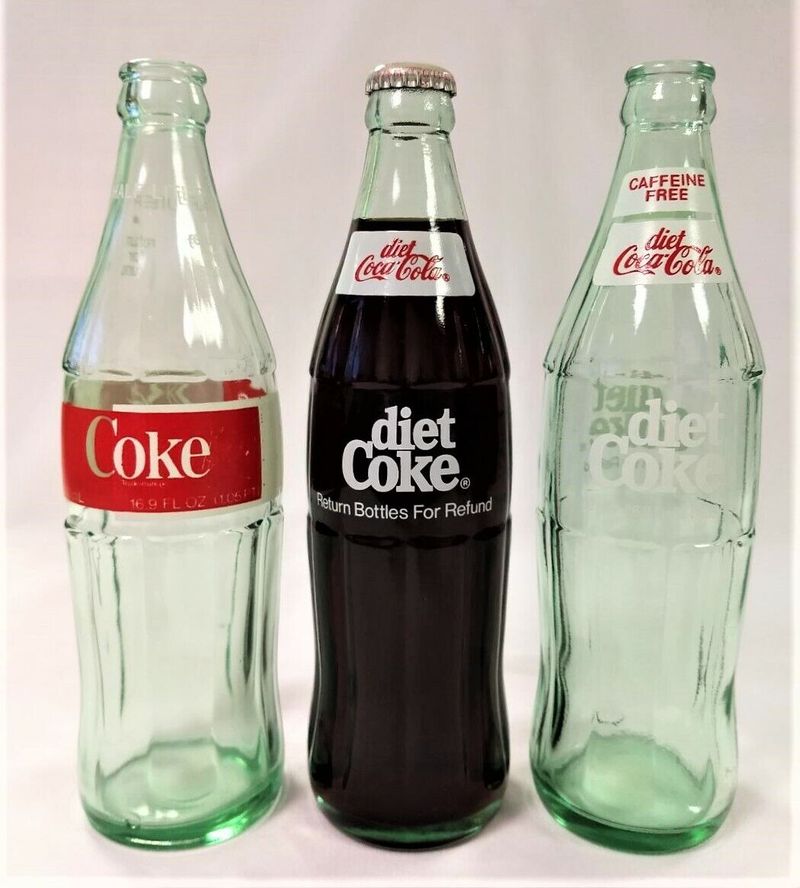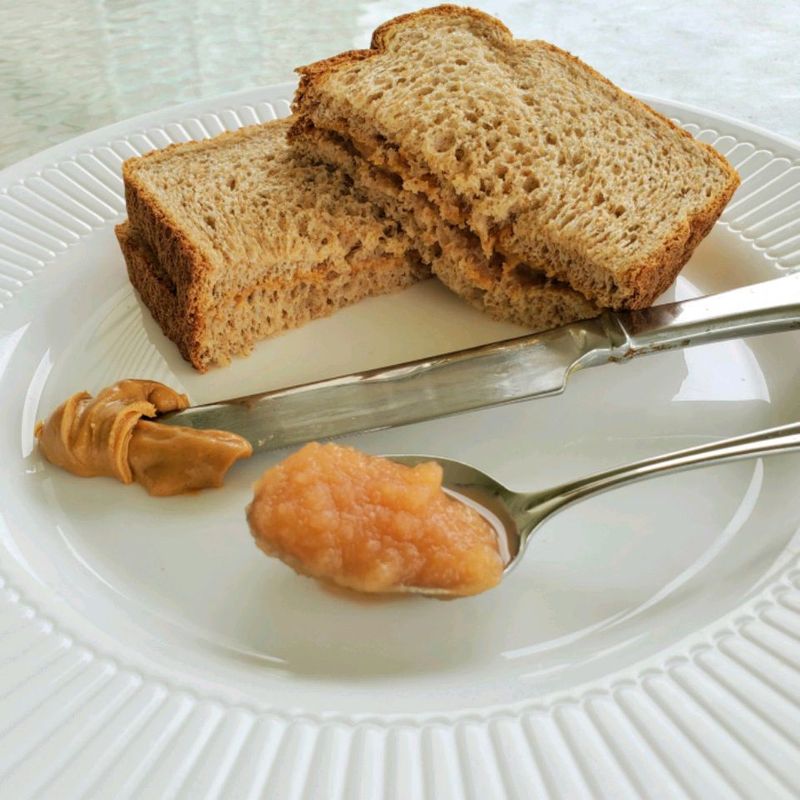In the vibrant and carefree days of the 1980s, school supplies were a reflection of a different time, brimming with items that today’s strict school policies would never allow. From playful yet risky toys to now-banned substances, the backpacks and lockers of yesteryear held treasures that evoke nostalgia for some and disbelief for others. Here’s a look at fifteen such items that once made their way through school hallways, but are now relics of the past.
1. Pocket Knives
In the 1980s, a pocket knife in a student’s backpack was seen as practical rather than perilous. Often gifted by parents or grandparents, these tools were meant for everything from sharpening pencils to opening bottles. However, today’s schools have zero tolerance for weapons of any kind. A simple folding blade, once a rite of passage, now prompts immediate disciplinary action.
The shift reflects broader societal changes in understanding and ensuring safety. Who knew a tool meant for utility could become a symbol of bygone eras?
2. Candy Cigarettes
Candy cigarettes, the confectionary mimicry of adult habits, were a staple of 1980s childhoods. Packaged to look like the real thing, these sugary treats were seen as harmless fun. However, with increased awareness of tobacco’s dangers, such products have vanished from schoolyards. The sweet imitation has been replaced by a stricter stance on anything resembling smoking.
Today, these candies spark debates on childhood innocence versus the glamorization of adult vices. A simple candy now serves as a conversation starter on societal progress.
3. Toy Cap Guns
Toy cap guns, with their loud “bangs,” were once a source of endless play. These plastic toys were tucked into backpacks, ready for a pretend shootout during recess. The snap of a cap was a sound every child knew. Fast forward to today, and schools have banned anything resembling a gun.
The change reflects a growing awareness of the impact of gun imagery on young minds. What was once innocent play is now approached with caution and concern, highlighting a shift in societal attitudes.
4. Firecrackers & Sparklers
Firecrackers and sparklers were once the delight of mischievous kids, especially around holidays. Stashed in lockers or backpacks, these items turned ordinary days into celebrations. But today’s stringent regulations and safety concerns have extinguished their presence in schools.
The potential for harm and disruption means these once-celebrated items are now off-limits. The transition from playful to perilous reflects a broader emphasis on safety and responsibility in educational settings, leaving firecrackers as cultural relics.
5. Matches & Lighters
Matches and lighters were common finds among students’ belongings, often borrowed from home. Seen as tools rather than threats, they were casually used for lighting candles or starting campfires. Today, their presence in schools triggers immediate alarms.
The shift underscores a no-tolerance policy for fire hazards, reflecting heightened awareness of safety. Such items, once innocuous, are now banned, illustrating how perceptions of risk and danger have evolved. A matchbook now symbolizes a lesson in safety and regulation.
6. Aerosol Deodorant Cans
Aerosol deodorant cans were a staple in school lockers, providing a quick freshening up after gym class. The hiss of the spray was a familiar sound. However, the shift towards eco-friendly practices and awareness of chemical sensitivities has made these cans less common.
Today, such products are often replaced with roll-ons or stick forms. The transition reflects a growing consciousness of environmental impact and personal health, marking the aerosol can as a relic of less regulated times.
7. Glass Thermos Bottles
Glass thermos bottles, filled with steaming soup or cocoa, were once a lunchtime staple. Their weighty presence in a lunchbox was both comforting and precarious. With the risk of shattering, schools now favor unbreakable alternatives.
The evolution to plastic or metal reflects a commitment to safety and practicality. What was once a cherished part of lunch has been replaced by modern innovations, leaving glass thermoses as nostalgic reminders of a careful balancing act between warmth and fragility.
8. Loose Aspirin & Pills in Pouches
Loose aspirin and pills were once innocently passed around among students for headaches or cramps. The casual sharing of medications reflected a less regulated approach. Today, schools enforce strict medication policies, requiring parental permissions and nurse oversight.
The change highlights an increased focus on safety and accountability. What was once a simple gesture of care is now tightly controlled, illustrating a shift in how health and wellbeing are managed within educational environments. Loose pills now serve as a reminder of evolving standards.
9. Live Critters in Jars
Live critters in jars, from frogs to salamanders, were once common sights in classrooms. These impromptu science projects sparked curiosity and wonder. However, concerns about hygiene and animal welfare have since led to stricter policies.
The transition away from live animal show-and-tell reflects a broader awareness of ethical treatment and sanitation. What once enriched science lessons now resides in the realm of controlled environments, demonstrating an evolution in educational values and practices.
10. BB Guns & Pellets
BB guns, with their metallic pellets, were once carried by students heading for after-school adventures. Slung over shoulders, they symbolized youthful exploration. However, today’s strict regulations on weapons have eradicated their presence from school grounds.
This shift emphasizes a concern for safety and the prevention of violence. What was once seen as a tool for outdoor fun is now prohibited, highlighting a significant change in attitudes towards weapons in educational settings. BB guns now serve as historical markers of past freedoms.
11. Roller Skates & Skateboards
Roller skates and skateboards once whizzed through school hallways, offering quick escapes and endless fun. The clatter of wheels was a soundtrack of school life. Liability concerns, however, have since grounded these wheeled wonders.
The focus on safety and injury prevention underscores a shift in priorities, as schools prefer more controlled environments. What was once an expression of youthful freedom is now a nod to changed rules, leaving skates as symbols of a bygone era of carefree movement.
12. Bleach Pens & Aerosol Cleaners
Bleach pens and aerosol cleaners were once tucked into students’ bags for unexpected spills. Their harsh chemicals were overlooked in favor of convenience. Today, such items are prohibited, emphasizing non-toxic alternatives and safety.
The transition reflects a growing awareness of chemical hazards and environmental responsibility. What was once a practical solution now sits outside acceptable norms, highlighting changes in priorities and an increased commitment to health and safety in schools.
13. Water Pistols
Water pistols, the quintessential summer toy, once ambushed unsuspecting classmates in hallways. These playful battles brought laughter but are now banned due to zero-tolerance policies. The fear of mimicking real weapons has changed their perception.
The transition highlights how playful innocence can be reinterpreted through a safety lens. What was once harmless fun is now viewed with caution, illustrating how societal shifts shape school policies and perceptions. Water pistols now remind us of a carefree yet complex past.
14. Soda in Glass Bottles
Soda in glass bottles once clinked in lunchboxes, offering fizzy refreshment. The risk of breakage and the shift towards recycling have since favored plastic and metal. Glass, once a symbol of quality, is now a liability.
This change reflects an evolution towards sustainability and safety, marking a departure from the days when glass was commonplace. What was once an ordinary part of lunch is now a nostalgic memory, embodying the balance between tradition and progress in school environments.
15. Peanut Butter Sandwiches
Peanut butter sandwiches, once a beloved staple, have become potential allergens in today’s schools. Their simple, nutty goodness is now limited by strict policies to protect allergic students.
The shift underscores a commitment to inclusivity and health, transforming a lunchbox favorite into a complex issue of safety and care. What was once universally cherished is now carefully managed, reflecting changing attitudes towards food and allergy awareness in educational settings.
